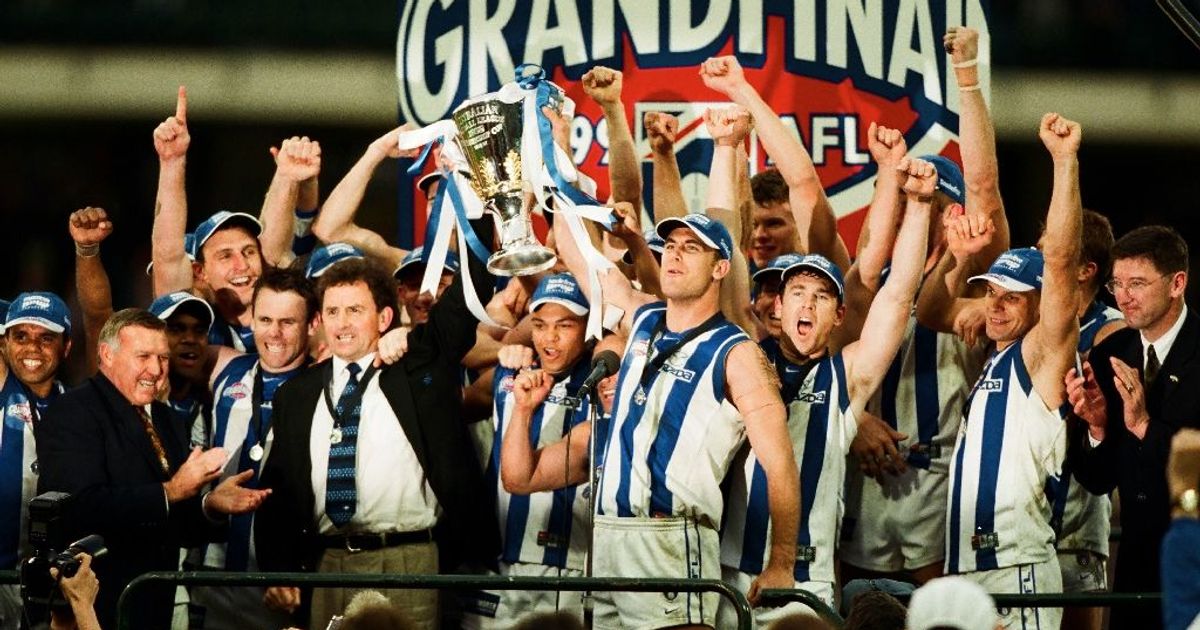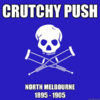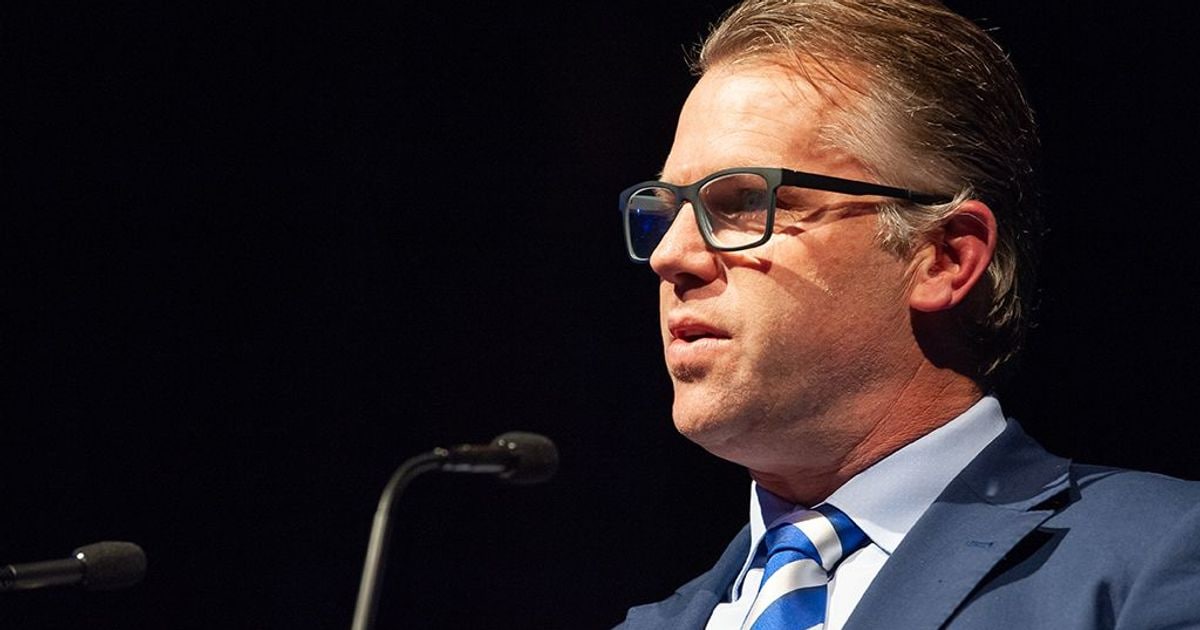Snake_Baker
The one true King of the North
- Apr 24, 2013
- 81,024
- 153,169
- AFL Club
- North Melbourne
- Other Teams
- Essendon Lawn Bowls Club
- Banned
- #1,176
The bizarre headcount incident that fuelled the Dons-Roos rivalry
Ben Collins
Jul 13, 2019 8:00AM

The ancient rivalry waged by North Melbourne and Essendon threatens to flare again on Saturday as they fight for a spot in the top eight.
In a similarly crucial encounter many winters ago, the late Kangaroos star John Waddington was a central figure in a controversial episode that further fuelled hostilities between the two clubs. Waddington, who died recently aged 81, inadvertently triggered the second of only three player headcounts in League history. And it was a debacle, but it also made for great theatre.

North Melbourne and Essendon players line up for a headcount. Picture: As depicted by The Age
In the second-last round of 1958, the fourth-placed Bombers hosted the fifth-placed Kangaroos at Windy Hill in a virtual battle for the final berth in the top four. Late in the last quarter the Roos seemed set for a rare finals appearance when they led by 28 points – 11.14 (80) to 7.10 (52) – but those hopes were sensationally put on hold. The catalyst for all the commotion was North big man Bryan 'Skinny' Martyn's heavy landing in the centre. Martyn, the father of club great Mick Martyn, was still receiving treatment in the middle of the ground when Waddington, a 20-year-old first-year player from Bendigo, left the bench and raced onto the field.
This aroused the attention of Bombers officials, who believed North now had an extra player on the field. This conviction was strengthened when they overheard a boundary umpire say: "North has 19 men on the ground." The Dons officials, suddenly sensing an opportunity to win via a Kangas clanger, immediately sent their runner Frank Clark to ask the sole field umpire, Bill Barbour, for a headcount. The experienced Barbour dismissed the Essendon runner, telling him any such request had to be made by Essendon's captain, Jack Clarke. So runner Clark rushed over to captain Clarke and alerted him to the situation, after which the Dons leader approached umpire Barbour to officially request a player count.
As procedure dictated, Barbour stopped the game and informed North's captain John Brady that Essendon had demanded a count, before ordering the Kangaroos players to line up. "We couldn't believe it," North star and future League chief Allen Aylett recalled in his 1986 autobiography My Game: A Life In Football. If the Shinboners were found to have had more than 18 players on the field, they would have had their entire score erased and suddenly they would have been 52 points behind and with no chance of victory or a finals berth.
After what Aylett described as "a strange five-minute-plus delay", Barbour cleared the visitors of any wrongdoing, the decision being greeted with a mix of cheers and jeers from the stunned crowd of 27,500. The Bombers' bewilderment turned to embarrassment when they learned Waddington had legally replaced North's injured vice-captain Albert Mantello, who'd already walked off the field a considerable distance from the Essendon bench. So rather than having 19 players on the ground, as the Bombers alleged, North momentarily had only 16 able-bodied players before Waddington dashed on.

John Waddington played 132 games for North Melbourne between 1958 and 1966. Picture: nmfc.com.au
Essendon officials were reportedly "disturbed" by the affair, and its coach, the legendary Dick Reynolds, was adamant he hadn't played any part in the blunder.
Meanwhile, the Kangaroos hierarchy insisted they'd been more amused than concerned when the home side demanded the count. It seemed an honest mistake by the Bombers but many North supporters took it as an affront to the integrity of their club. "North supporters wouldn't let their Essendon counterparts forget that incident for years after!" Aylett wrote. And in the meantime, the Roos made the finals while the red-faced Dons missed out by a game.
Ben Collins
Jul 13, 2019 8:00AM
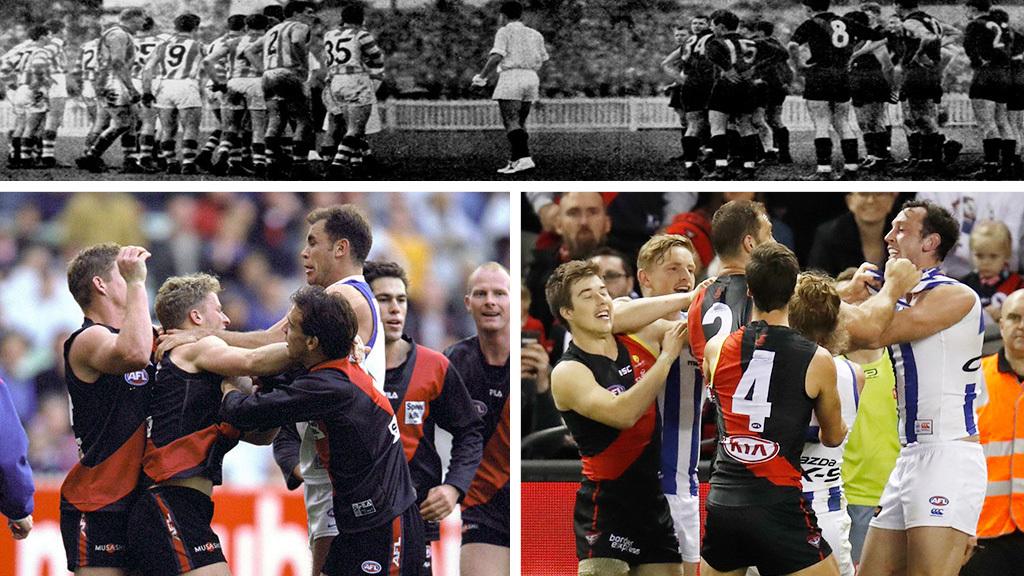
The ancient rivalry waged by North Melbourne and Essendon threatens to flare again on Saturday as they fight for a spot in the top eight.
In a similarly crucial encounter many winters ago, the late Kangaroos star John Waddington was a central figure in a controversial episode that further fuelled hostilities between the two clubs. Waddington, who died recently aged 81, inadvertently triggered the second of only three player headcounts in League history. And it was a debacle, but it also made for great theatre.

North Melbourne and Essendon players line up for a headcount. Picture: As depicted by The Age
In the second-last round of 1958, the fourth-placed Bombers hosted the fifth-placed Kangaroos at Windy Hill in a virtual battle for the final berth in the top four. Late in the last quarter the Roos seemed set for a rare finals appearance when they led by 28 points – 11.14 (80) to 7.10 (52) – but those hopes were sensationally put on hold. The catalyst for all the commotion was North big man Bryan 'Skinny' Martyn's heavy landing in the centre. Martyn, the father of club great Mick Martyn, was still receiving treatment in the middle of the ground when Waddington, a 20-year-old first-year player from Bendigo, left the bench and raced onto the field.
This aroused the attention of Bombers officials, who believed North now had an extra player on the field. This conviction was strengthened when they overheard a boundary umpire say: "North has 19 men on the ground." The Dons officials, suddenly sensing an opportunity to win via a Kangas clanger, immediately sent their runner Frank Clark to ask the sole field umpire, Bill Barbour, for a headcount. The experienced Barbour dismissed the Essendon runner, telling him any such request had to be made by Essendon's captain, Jack Clarke. So runner Clark rushed over to captain Clarke and alerted him to the situation, after which the Dons leader approached umpire Barbour to officially request a player count.
As procedure dictated, Barbour stopped the game and informed North's captain John Brady that Essendon had demanded a count, before ordering the Kangaroos players to line up. "We couldn't believe it," North star and future League chief Allen Aylett recalled in his 1986 autobiography My Game: A Life In Football. If the Shinboners were found to have had more than 18 players on the field, they would have had their entire score erased and suddenly they would have been 52 points behind and with no chance of victory or a finals berth.
After what Aylett described as "a strange five-minute-plus delay", Barbour cleared the visitors of any wrongdoing, the decision being greeted with a mix of cheers and jeers from the stunned crowd of 27,500. The Bombers' bewilderment turned to embarrassment when they learned Waddington had legally replaced North's injured vice-captain Albert Mantello, who'd already walked off the field a considerable distance from the Essendon bench. So rather than having 19 players on the ground, as the Bombers alleged, North momentarily had only 16 able-bodied players before Waddington dashed on.
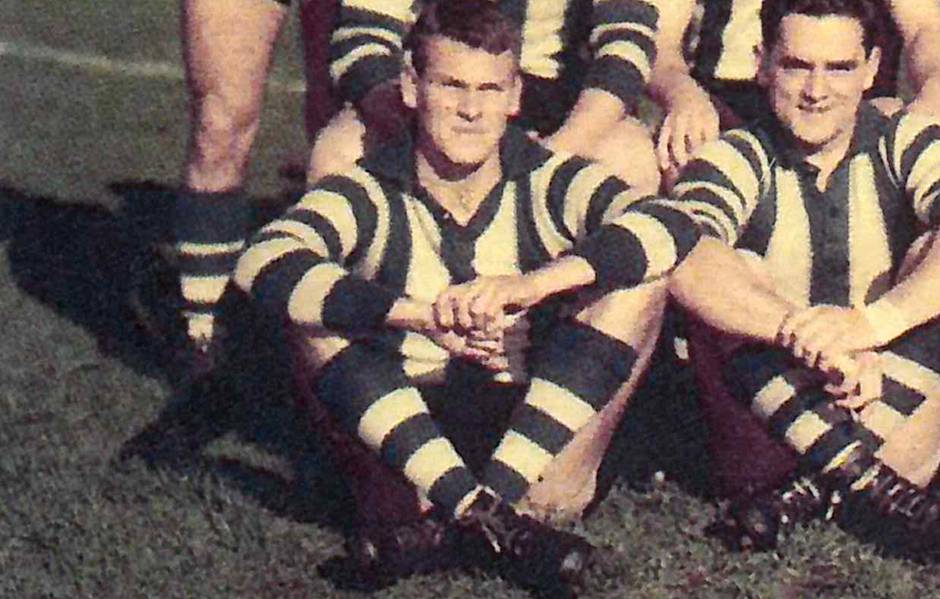
John Waddington played 132 games for North Melbourne between 1958 and 1966. Picture: nmfc.com.au
Essendon officials were reportedly "disturbed" by the affair, and its coach, the legendary Dick Reynolds, was adamant he hadn't played any part in the blunder.
Meanwhile, the Kangaroos hierarchy insisted they'd been more amused than concerned when the home side demanded the count. It seemed an honest mistake by the Bombers but many North supporters took it as an affront to the integrity of their club. "North supporters wouldn't let their Essendon counterparts forget that incident for years after!" Aylett wrote. And in the meantime, the Roos made the finals while the red-faced Dons missed out by a game.
Last edited:




